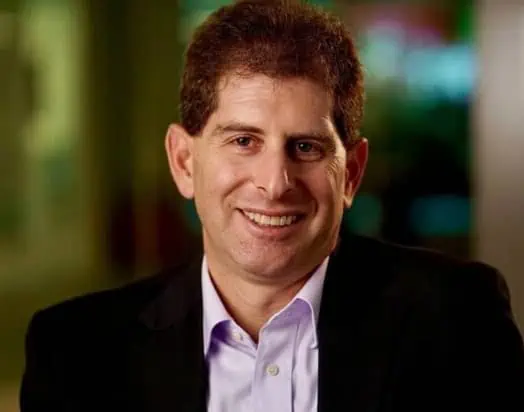Numenta Steps into AI-Neuroscience Rift
What’s at stake:
The human brain is known for its efficiency, storing and processing information as sparse representations. At any moment, only a small fraction of neurons are active. Neuroscientists believe they can map brain-inspired logic into algorithms, data structures and architecture running AI models so that they offer a recipe to put “AI power hog” on a diet. Undetermined is whether data scientists are willing to alter their brute-force compute-based AI practice, which appears increasingly unsustainable.
It’s not often you meet a mostly self-funded startup, much less one that, for 18 years, has played a long game in neuroscience research, before suddenly unveiling a commercial software product.
More significantly, the startup’s new product poses a direct challenge to the red-hot Large Language Model (LLM) AI market.
Read More »Numenta Steps into AI-Neuroscience Rift









